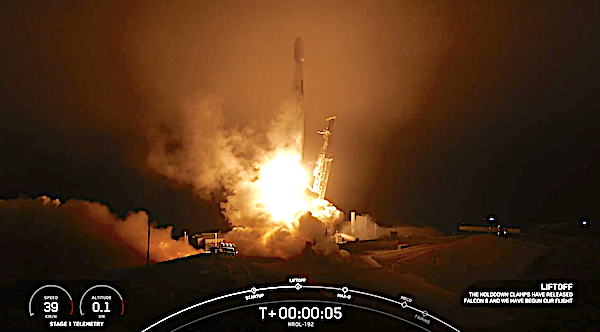
Photo by Satnews.

On Saturday, April 19th at 3:41 AM – 7:41 AM PDT, SpaceX’s Falcon 9 will launch the tenth batch of satellites for a reconnaissance satellite constellation built by SpaceX and Northrop Grumman for the National Reconnaissance Office to provide imaging and other reconnaissance capabilities. The mission will cost $52 million.
This will be the third launch in a week of missions for the National Reconnaissance Office (NRO) beginning with:
- SpaceX’s Saturday, April 12 launch of NROL-192.
- Northrop Grumman’s Wednesday, April 16 launch of NROL-174.
- SpaceX’s Saturday, April 19 launch of NROL-145.
Currently, the NRO’s mission is more challenging than ever, driven by a host of forces including advancements in technology, the rapid pace of innovation, intensifying stakeholder demands, and ever-evolving threats. These forces are converging to create once-in-a-generation changes in how the NRO develops and acquires new technologies, applies innovation, and collaborates with partners and allies.
To stay ahead of the competition and ensure it can continue to operate in a heightened threat environment, the NRO is modernizing its architecture in space and on the ground — delivering more capability faster with increased resilience. A greater number of satellites — large and small, government and commercial, in multiple orbits — will deliver an order of magnitude more signals and images than is available today.
The NRO continues to build and fortify the largest government constellation in history, with proliferated launches continuing through 2029. Having hundreds of NRO satellites on orbit is invaluable to our nation and our partners. They will provide greater revisit rates, increasing coverage, faster delivery of information, and ultimately help us to more quickly deliver what our customers need.

Proliferated Architecture
On May 22, 2024, the NRO marked a new era of increased volume and diversity of on-orbit and ground systems with the first launch of its proliferated system, NROL-146. The NRO continued it’s rapid expansion of this system with six successful launches in 2024. Approximately a half-dozen additional launches supporting NRO’s proliferated architecture are planned for 2025, with additional launches expected through 2029.
The NRO’s proliferated system will increase timeliness of access, diversify communications pathways, and enhance resilience. It will provide greater revisit rates and increased coverage, and eliminate single points of failure. With hundreds of small satellites on orbit, data will be delivered in minutes or even seconds. This will ensure the analysts, warfighters, and civil agencies NRO serves receive actionable information faster than ever before.
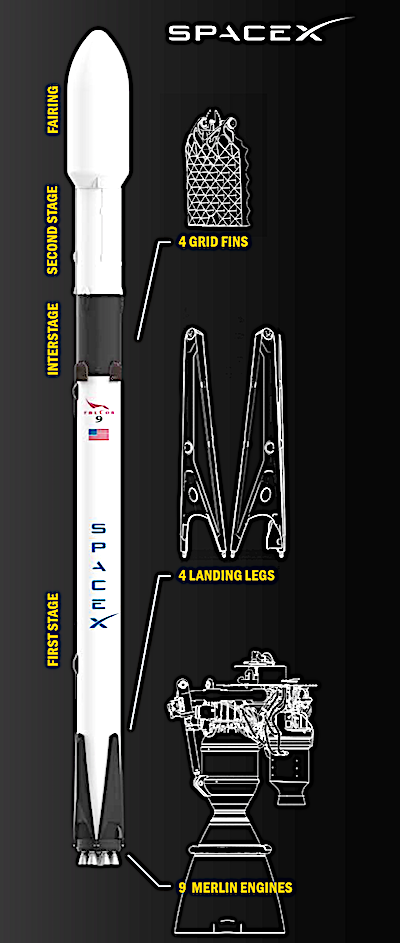
Falcon 9 is a reusable, two-stage rocket designed and manufactured by SpaceX for the reliable and safe transport of people and payloads into Earth orbit and beyond.
Fairing
Made of a carbon composite material, the fairing protects satellites on their way to orbit. The fairing is jettisoned approximately three minutes into flight, and SpaceX continues to recover fairings for reuse on future missions.
First Stage
Falcon 9’s first stage incorporates nine Merlin engines and aluminum-lithium alloy tanks containing liquid oxygen and rocket-grade kerosene (RP-1) propellant, generating more than 1.7 million pounds of thrust at sea level. After separation, the first stage will return to SpaceX’s Landing Zone 4 at Vandenberg Space Force Base or SpaceX’s
autonomous droneship.
Interstage
The interstage is a composite structure that connects the first and second stages, and houses the pneumatic pushers that allow the first and second stage to separate during flight. Falcon 9 is equipped with four hypersonic grid fins positioned at the base of the interstage. They orient the rocket during reentry by moving the center of pressure.
Second Stage
Powered by a single Merlin Vacuum Engine, the second stage delivers Falcon 9’s payload to the desired orbit. The engine ignites a few seconds after stage separation, and can be restarted several times to place multiple payloads into different orbits.
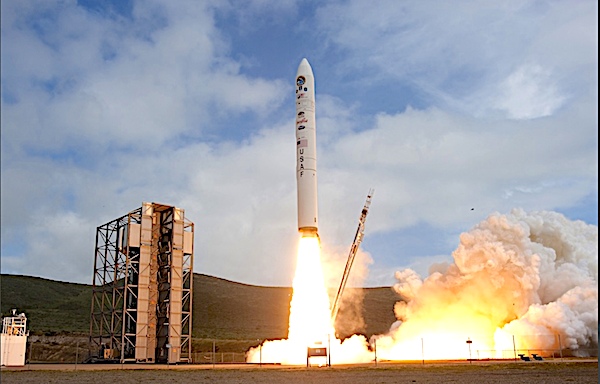
The National Reconnaissance Office (NRO), in partnership with U.S. Space Force Space Systems Command’s (SSC) Small Launch and Targets Division, Space Launch Delta 30, and Northrop Grumman, successfully launched multiple national security payloads with the NROL-174 mission aboard a Northrop Grumman Minotaur IV rocket from Space Launch Complex 8 (SLC-8) at Vandenberg Space Force Base (VSFB) April 16, 2025, at 3:33 p.m. EDT.
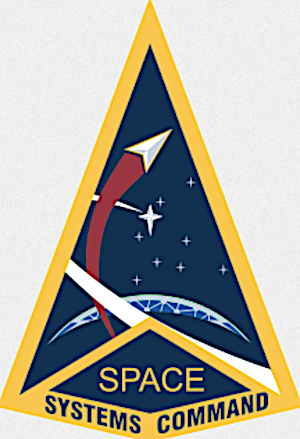
NROL-174 marks another successful mission in a long-standing partnership with SSC through the Rocket Systems Launch Program (RSLP). RSLP, the small launch counterpart to the National Security Space Launch program, focuses on the small launch market and primarily launches more risk-tolerant experimental, research and development, responsive space, and operational missions.
“This launch is a testament to what the national security launch enterprise is able to achieve,” said Laura Robinson, Deputy Director, NRO Office of Space Launch, and NROL-174 Mission Director. “The NROL-174 Minotaur IV rocket was once a Peacekeeper ICBM that sat watch 24/7 in support of our nation’s nuclear deterrent. Now modified for space launch, it completed its final mission of placing a national security payload on orbit, a credit to the decades-long dedication of those who were part of the missile’s early development, maintenance and operations, and innovative conversion into the Minotaur IV rocket. It was truly a team effort.”
NROL-174 is the third NRO mission launched from SSC RSLP’s Orbital/Suborbital Program-3 contract. Today’s Minotaur IV rocket launch follows previous Minotaur family of rocket launches with NROL-129 in July 2020 and NROL-111 in June 2021, both from Wallops Flight Facility in Virginia. NRO last launched a Minotaur rocket from VSFB with NROL-66 in 2011.

“Superb launch. This was our third Minotaur launch for the NRO since July 2020 and just like then, this mission was textbook…truly outstanding,” said Lt. Col. Steve Hendershot, SSC’s Materiel Leader for RSLP. “We have a great relationship with our partners at the NRO, and watching today’s launch you saw our teamwork, discipline, and trust pay off strong.”
Over the past two years, NRO has launched more than 150 satellites, creating the largest and most capable government constellation on orbit in our nation’s history. Continuing with this momentum, 2025 is set to be another dynamic year, with approximately a dozen NRO launches scheduled.
For more than 60 years, the NRO has successfully met the needs of its U.S. intelligence, military, civil, and allied partners. It remains the world’s leader in unique intelligence, surveillance, and reconnaissance systems. The NRO’s next-generation systems will help ensure that the right data is delivered to the right user at the right time, faster than ever before.
Northrop Grumman ready to launch NROL-174 the 2nd secret mission launch in a week, and one more to come
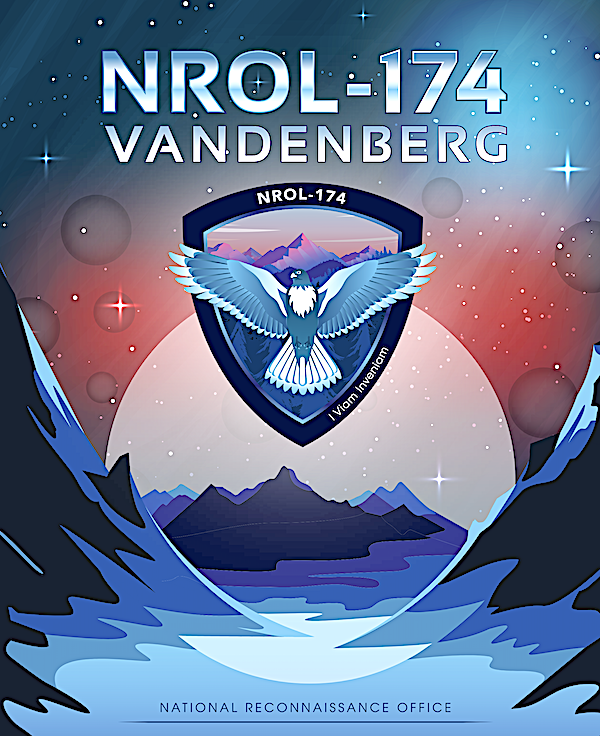
The National Reconnaissance Office (NRO), in partnership with the U.S. Space Force Space Systems Command/Rocket Systems Launch Program, Space Launch Delta 30, and Northrop Grumman, are scheduled to launch the NROL-174 Mission on April 16, 2025, from Space Launch Complex-8 at Vandenberg Space Force Base (VSFB), California. SpaceX’s Falcon 9 will launch the second NROL mission this week at 12:00 PM – 2:26 PM PDT.
The forecast calls for a temperature of 56°F, overcast clouds, 88% cloud cover and a wind speed of 11mph.
Since its inception more than 60 years ago, the National Reconnaissance Office has been on the leading edge of innovation — collecting and delivering critical information that can only be obtained from the vantage point of space.
From warfighters to humanitarian responders, the NRO serves a wide range of customers. The Department of Defense and Intelligent Community depend on NRO capabilities for national security objectives.
NRO systems are often the only tools able to access hostile territory or rugged terrain, and they can collect critical information without risking human lives or infringing on other nations’ territorial sovereignty. Civilian customers depend on the NRO’s space-based collections to assess damage from natural disasters, and help relief agencies determine how and where to deliver humanitarian aid.
The NRO is investing in the world’s most advanced tools, information technology, and communications networks in order to meet customers’ needs today and anticipate and adapt to the emerging demands of tomorrow. NRO capabilities on the ground, on orbit, and everywhere in between ensure customers get the information they need, where they need it, faster than ever before.
Minotaur IV
Minotaur IV has four stages; the first three stages utilize government-furnished solid rocket motors from decommissioned Peacekeeper ICBMs. The commercial solid rocket upper stage is an Orion 38. Minotaur IV is capable of launching payloads up to 1,730 kg (3,814 lb.) to low Earth orbit; Minotaur IV made its maiden flight on 22 April 2010.

Northrop Grumman Minotaur rockets have completed missions out of every major U.S. spaceport. Under the U.S. Air Force Orbital/ Suborbital Program-3 (OSP-3) contract, Northrop Grumman integrates, tests and provides space launch services for the Minotaur family of rockets. The OSP-3 contract is managed by the Rocket Systems Launch Program, which is part of U.S. Space Force Space Systems Command (SSC). OSP-3 expands on OSP-2 by continuing to use excess ICBM motors, and includes potential Evolved Expendable Launch Vehicle new entrant launch vehicles.
SpaceX sends NROL-192 spy satellites on Saturday on secret mission + two more NROL launches this week

On Saturday, April 12 at 5:25 a.m. PT, Falcon 9 launched the NROL-192 mission from Space Launch Complex 4 East (SLC-4E) at Vandenberg Space Force Base in California. Photos by Satnews.
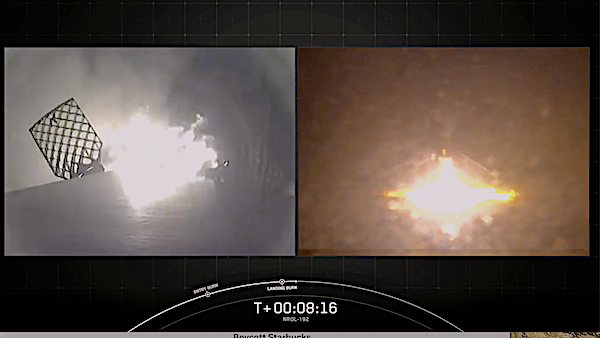
This was the 24th flight for the first stage booster supporting this mission, which previously launched NROL-87, NROL-85, SARah-1, SWOT, Transporter-8, Transporter-9, NROL-146, Bandwagon-2, NROL-153 and 14 Starlink missions.
The two other NROL missions are:
- April 16 NROL-174 from Vandenberg
- April 19 NROL-145 from Vandenberg
SpaceX plans NROL-192 launch of spy satellites on secret mission this Saturday
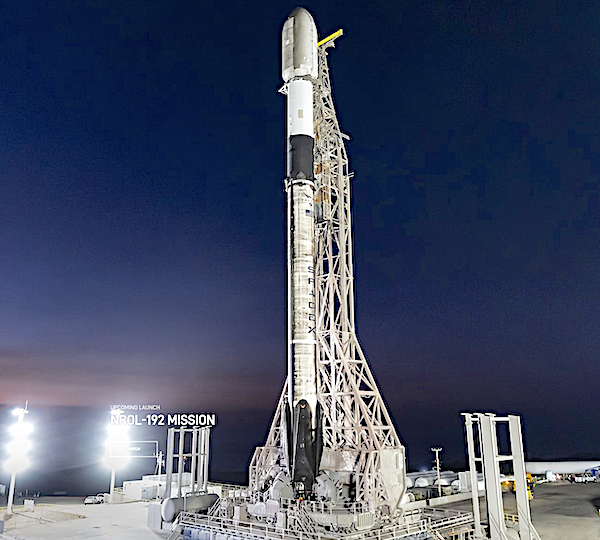
SpaceX is targeting Saturday, April 12 for a Falcon 9 launch of the NROL-192 mission from Space Launch Complex 4 East (SLC-4E) at Vandenberg Space Force Base in California. Liftoff is targeted for 5:25 a.m. PT. If needed, a backup opportunity is available on Sunday, April 13 starting at 5:09 a.m. PT.
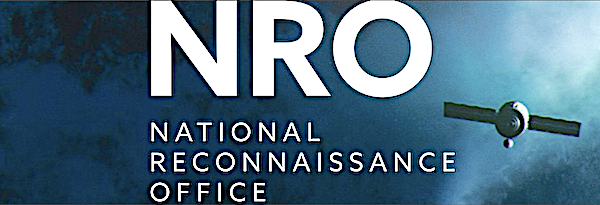
The mission payload contains a batch of spy satellites that will join up with a proliferated architecture constellation constructed by SpaceX and Northrop Grumman on behalf of the National Reconnaissance Office.
The satellite constellation, once completed, will deliver space-based intelligence, surveillance, and reconnaissance systems designed to be responsive to future national security challenges, according to NRO officials.
No sonic boom is expected to be heard locally.
A live webcast of this mission will begin about 10 minutes prior to liftoff, which you can watch on X @SpaceX.
This is the 24th flight for the first stage booster supporting this mission, which previously launched NROL-87, NROL-85, SARah-1, SWOT, Transporter-8, Transporter-9, NROL-146, Bandwagon-2, NROL-153, and 14 Starlink missions. Following stage separation, the first stage will land on the Of Course I Still Love You droneship, which will be stationed in the Pacific Ocean.
